Thermal Imaging Drones: A Hot Tool for Cold Cases
In an era where technology advances by leaps and bounds, law enforcement agencies are not left behind. Recently, two separate incidents in Idaho Falls, Idaho, and Sublette County, Wyoming, have underscored the crucial role of thermal imaging drones in advancing investigations and rescue operations, reports Local News 8. These devices have proven to be more than just eyes in the sky; they are life-saving tools that bring a blend of efficiency and innovation to the table.
The Heat is On: Drones in Action
Imagine the tension of a search operation for a missing person with special needs in the vast expanses of Sublette County. The person walked away from home, covering three miles in unpredictable terrain. The challenge was daunting, but thanks to thermal imaging drones, law enforcement was able to rapidly locate her. The drone didn’t just follow her tracks in the snow; it detected her heat signature, distinguishing her from other warm entities in the area, including a deer caught on camera.
Sergeant Travis Bingham of the Sublette County Sheriff’s Office shed light on the operation, emphasizing how thermal technology can cover more area faster and direct responders efficiently. Meanwhile, in Idaho Falls, drones played a pivotal role in a Police standoff, showcasing their versatility beyond Search and Rescue missions.
Beyond Search and Rescue: The Multifaceted Drones
Sergeant Garren Kelly, a drone pilot from the Idaho Falls Police Department, highlighted the drone’s diverse applications, from mapping traffic and crime scenes to supporting SWAT teams. These flying devices are not only about searching from above but also about ensuring officer safety and aiding in complex tactical operations indoors.
The adaptability of drones comes with a set of rules. According to Sergeants Kelly and Bingham, operating these devices requires strict adherence to FAA regulations and department-specific protocols, not to mention the need for special certification. Their message to the public is clear: while drones are in operation, it’s crucial for bystanders to keep a safe distance to ensure the focus remains on the mission, whether it’s a rescue operation or crime scene investigation.
A Bright Future with Thermal Drones
As thermal drones continue to prove their worth across remote and challenging environments, their role in law enforcement and emergency response is undeniable. These high-tech helpers are transforming the way agencies approach searches, investigations, and even natural disaster assessments. The future looks promising as drones soar to new heights, bringing hope and solutions to communities and the brave individuals dedicated to keeping them safe.
Photo courtesy of KIFI / Braydon Wilson / Local News 8


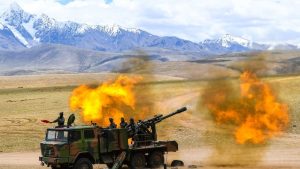
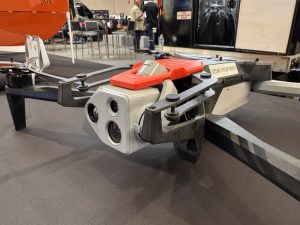
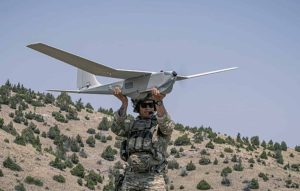


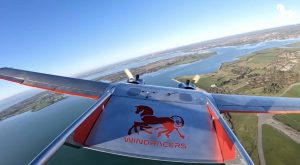
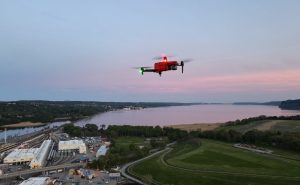
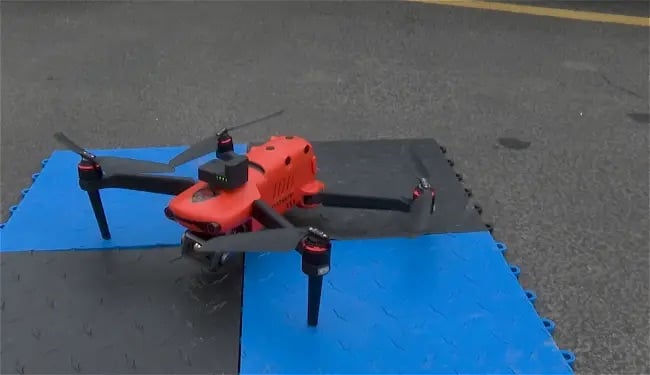

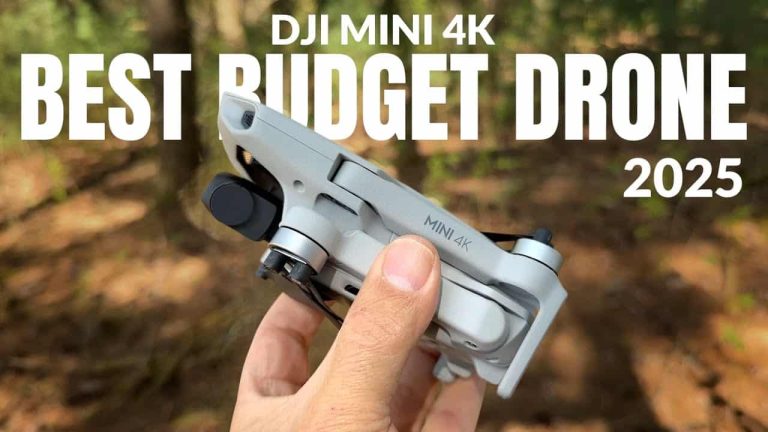
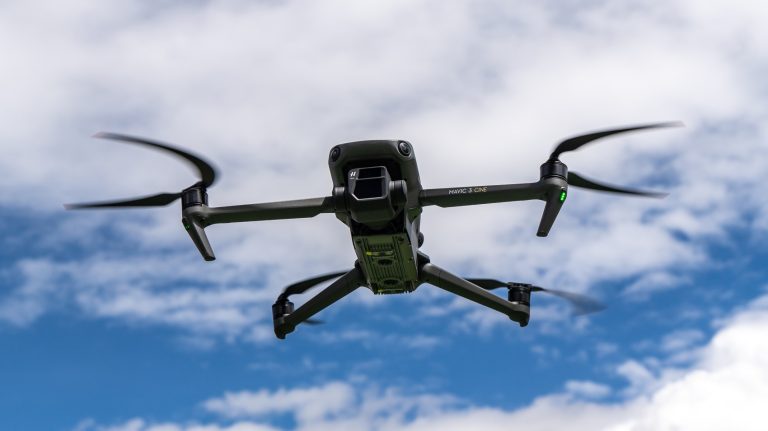
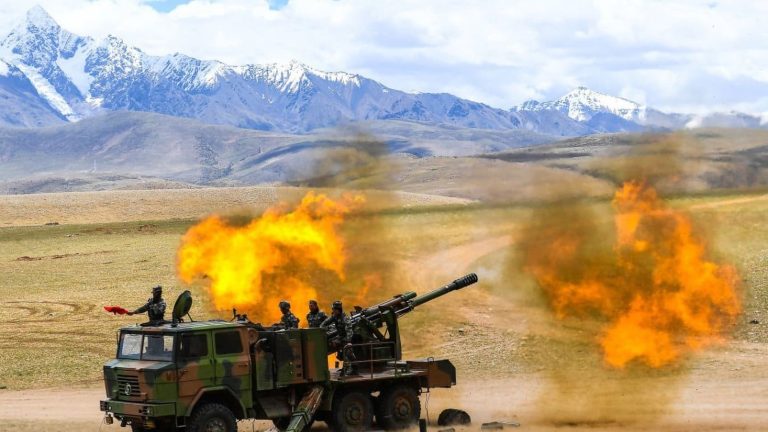
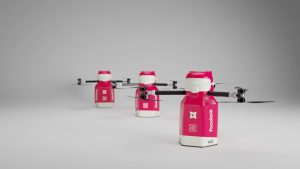

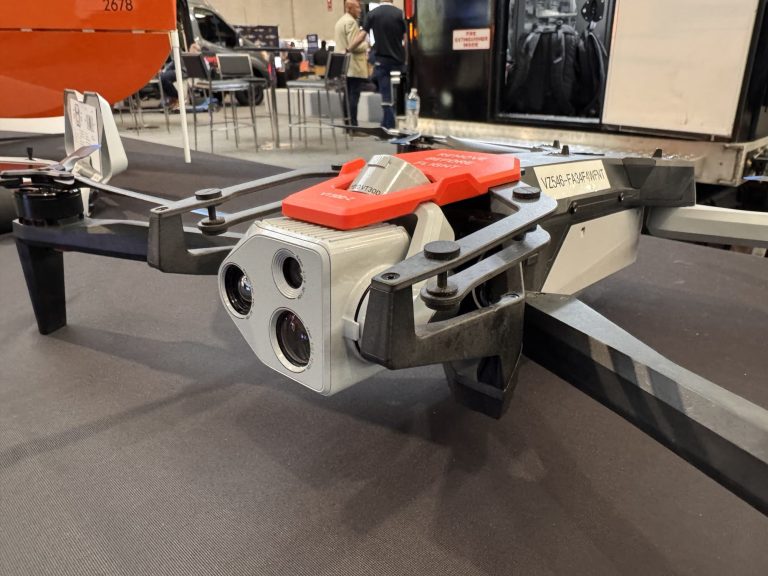
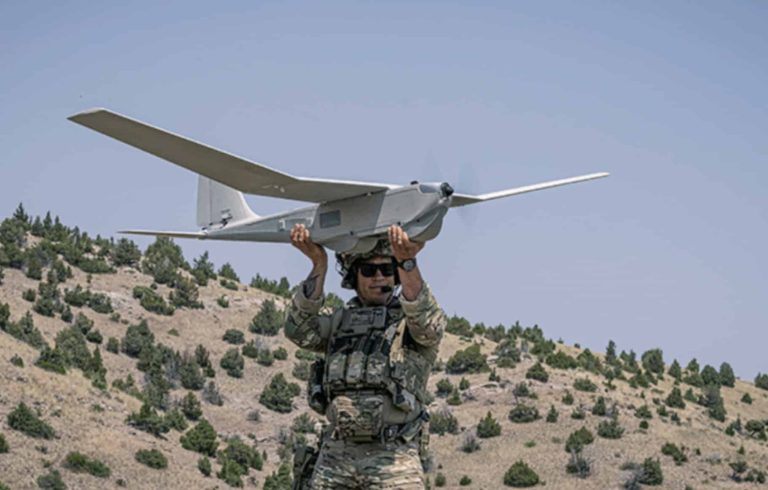


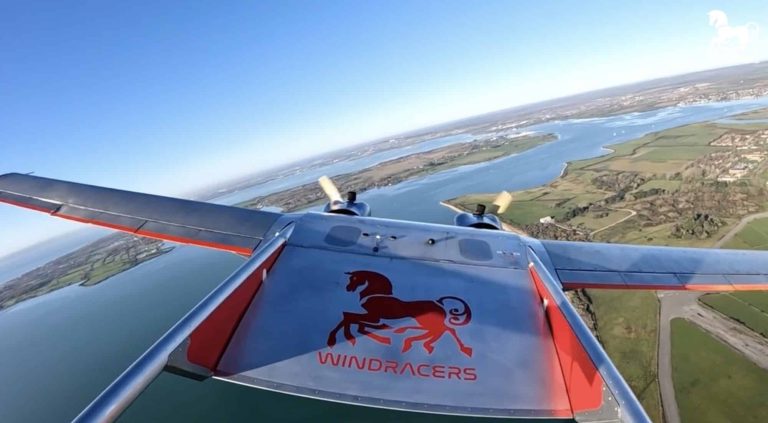
+ There are no comments
Add yours